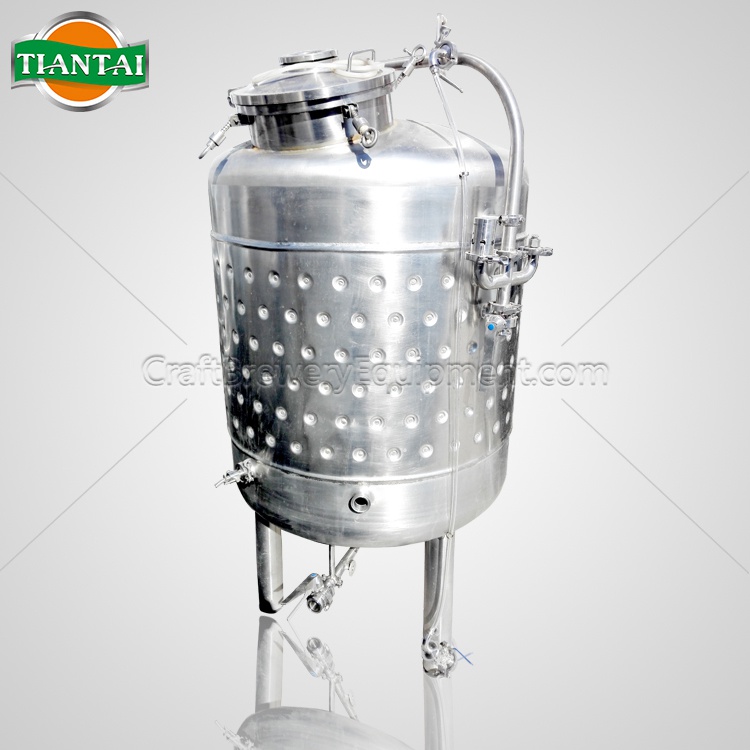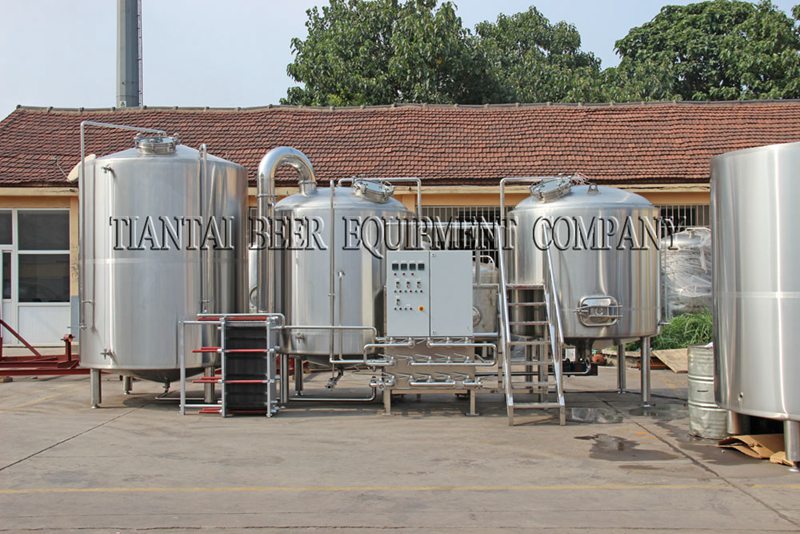.jpg)
.jpg)
.jpg)
.jpg)
1. Enhanced Visualization and Conceptualization
One of the most significant advantages of using 3D renderings in brewery design is the ability to visualize a project in a highly detailed and realistic manner. Traditionally, brewery designs were conveyed through 2D blueprints and sketches, which, while informative, often left room for misinterpretation. With 3D renderings, designers can create a virtual representation of the brewery that includes accurate dimensions, layouts, and even lighting conditions.
For brewers and stakeholders, this means they can walk through a virtual version of the facility before construction even begins. They can visualize everything from the placement of fermentation tanks to the flow of raw materials and the positioning of brewing equipment. This is especially important when optimizing space in smaller breweries, where efficient use of every square foot is critical.
Moreover, 3D renderings allow stakeholders to explore various design options quickly. Different floor plans, equipment configurations, or even color schemes can be presented without needing costly physical mockups. The ability to conceptualize multiple designs ensures that the final choice is well-informed and meets both aesthetic and functional goals.
2. Improved Communication Between Stakeholders
Brewery design projects involve numerous stakeholders, including architects, engineers, brewers, investors, and regulatory bodies. Each group has different concerns and expertise, making clear communication essential. 3D renderings bridge the gap between technical drawings and non-technical stakeholders, offering a visual language that everyone can understand.
For brewers and managers, who may not have formal design or architectural training, 3D renderings make it easier to provide feedback. Instead of deciphering complex architectural blueprints, they can view the space in a realistic format, identify potential issues, and request changes. This collaborative process ensures that the final design aligns with the operational needs of the brewery.
Additionally, regulatory agencies can better assess compliance with health and safety standards through 3D renderings. For instance, ensuring proper airflow, ventilation, and fire safety is critical in brewery design. With detailed 3D visualizations, inspectors can verify that the design meets all necessary regulations before construction begins, avoiding delays or costly modifications later in the process.
3. Design Optimization for Efficiency and Safety
Brewery operations are highly technical, requiring careful consideration of workflows, equipment placement, and safety protocols. A brewery's design can significantly impact production efficiency, and poorly planned layouts may lead to bottlenecks, inefficient use of space, or safety hazards. 3D renderings enable designers to optimize the layout and flow of the brewery from the outset.
In a brewery, the process flow from grain milling to fermentation and packaging must be seamless to avoid unnecessary delays or contamination risks. Through 3D renderings, designers can map out each phase of the brewing process, ensuring that raw materials move efficiently through the production line. This can help reduce transit times, minimize cross-contamination risks, and ensure that each piece of equipment is appropriately placed for ease of access and maintenance.
Furthermore, 3D models can integrate safety considerations into the design. Designers can simulate emergency scenarios, such as fire or chemical spills, to evaluate evacuation routes, ventilation systems, and access to safety equipment. This proactive approach to safety ensures that the brewery complies with occupational safety regulations and reduces the risk of accidents.
4. Cost Efficiency and Risk Reduction
One of the primary reasons for using 3D renderings in brewery design is the potential for cost savings. By visualizing the brewery in detail before construction, stakeholders can identify potential issues and resolve them during the design phase, reducing the need for expensive changes during construction.
For example, equipment placement is a critical aspect of brewery design. If fermentation tanks or brewing vessels are not optimally positioned, it could result in costly reconfigurations. By using 3D renderings, the design team can experiment with different configurations, ensuring that the layout maximizes space utilization and operational efficiency.
3D renderings also minimize the risk of miscommunication between the design team and contractors. With traditional 2D drawings, construction teams might misinterpret design elements, leading to costly mistakes that could delay the project. However, with detailed 3D models, construction teams have a clearer understanding of the project, reducing the likelihood of errors and ensuring that the brewery is built according to specifications.
Moreover, these renderings allow for more accurate cost estimation. By visualizing the entire project, designers can better estimate material quantities, labor costs, and construction timelines. This leads to more accurate budgeting and reduces the risk of unexpected expenses during construction.
5. Marketing and Investor Engagement
Beyond the technical and functional benefits, 3D renderings also play a crucial role in marketing and investor engagement. Breweries are often more than just production facilities—they are cultural and social spaces. Many breweries have tasting rooms, visitor centers, or event spaces that contribute to their brand identity. A well-designed brewery can attract tourists, host events, and become a community hub.
.jpg)
.jpg)
.jpg)
3D renderings can help brewers present their vision to potential investors or partners. These visualizations showcase the brewery’s aesthetics, ambiance, and branding, helping to generate excitement and secure funding. For example, if a brewery is planning a new location with a taproom or beer garden, 3D renderings can highlight the customer experience, from the seating layout to the décor. This immersive visualization can be a powerful tool in attracting investment or building anticipation among the local community.
In marketing, 3D renderings can be used in promotional materials, social media, and websites to generate interest before the brewery is even constructed. This allows the brewery to build its brand and customer base early, ensuring a strong launch when the doors open.
Conclusion
In brewery design, 3D renderings have become an essential tool for improving visualization, optimizing efficiency, enhancing safety, and reducing costs. They enable all stakeholders, from brewers to investors, to participate in the design process actively, ensuring that the final facility meets operational, regulatory, and aesthetic goals. As the brewing industry continues to grow and innovate, 3D renderings will play an increasingly important role in helping breweries create spaces that are not only functional but also memorable experiences for their customers.
Learn more how Tiantai beer equipment company to not only produce the best quality brewery equipment for flavor-rich beers, but also help them to optimize the configuration, maximize process uptime and reduce beer loss when they brewing, PLEASE DON’T HESITATE TO CONTACT WITH US!
Hubert
Email: [email protected]




.jpg)
.jpg)

Get In Touch